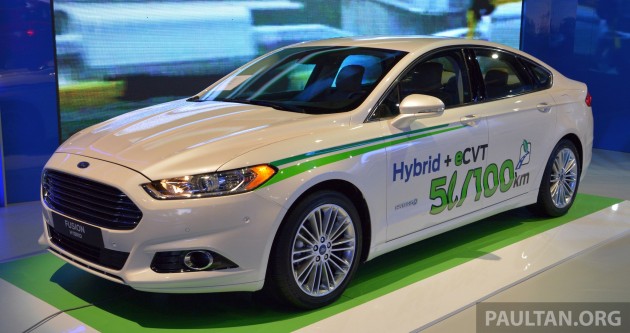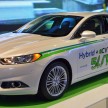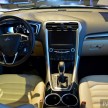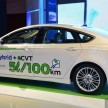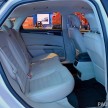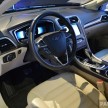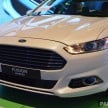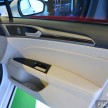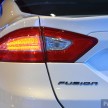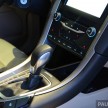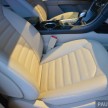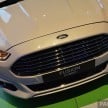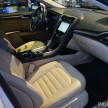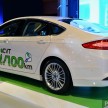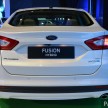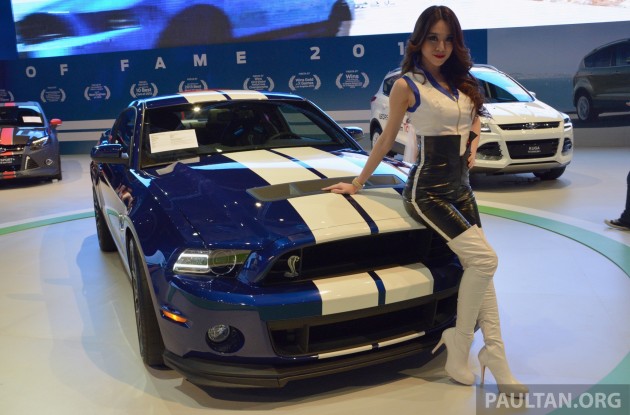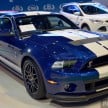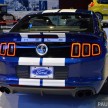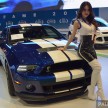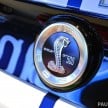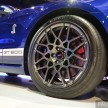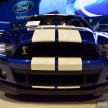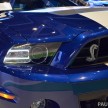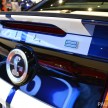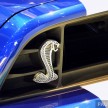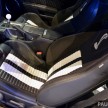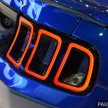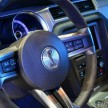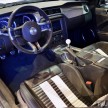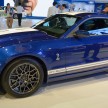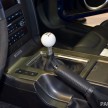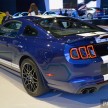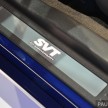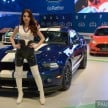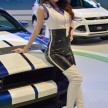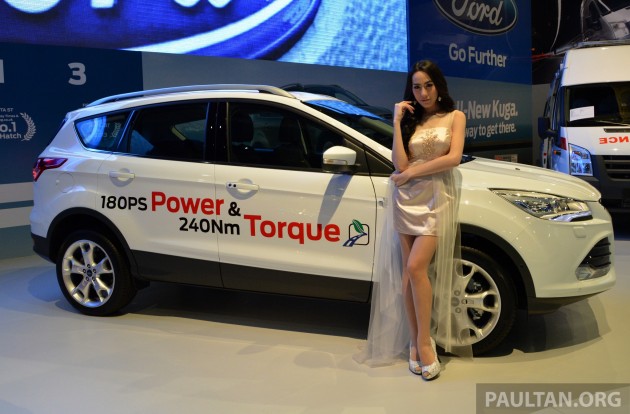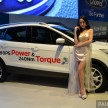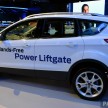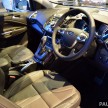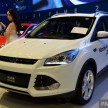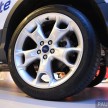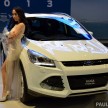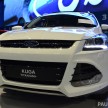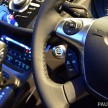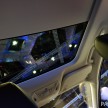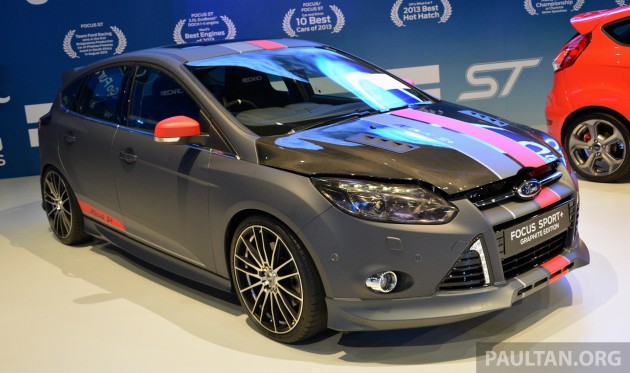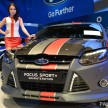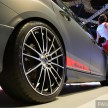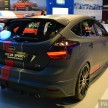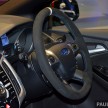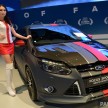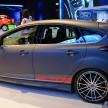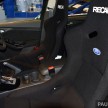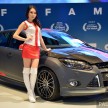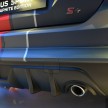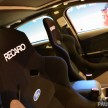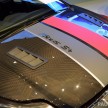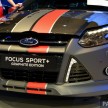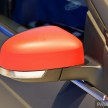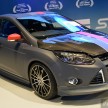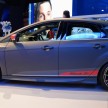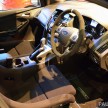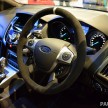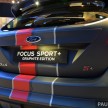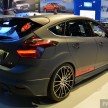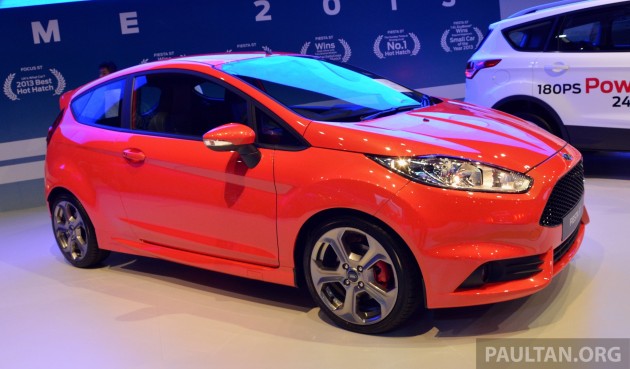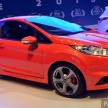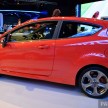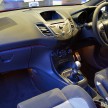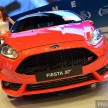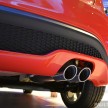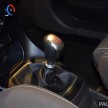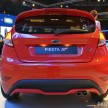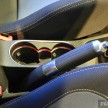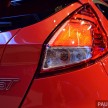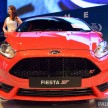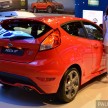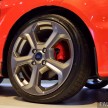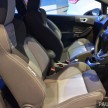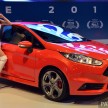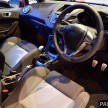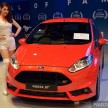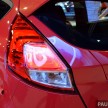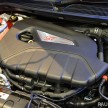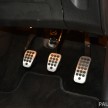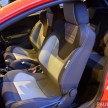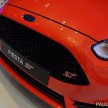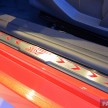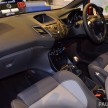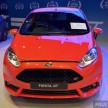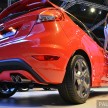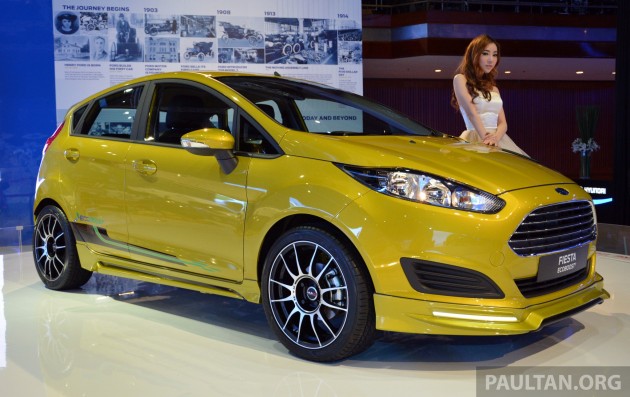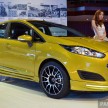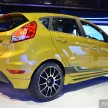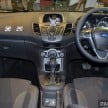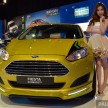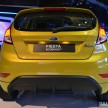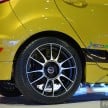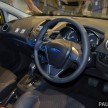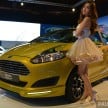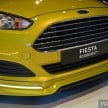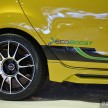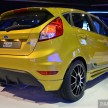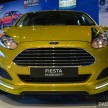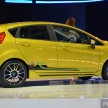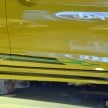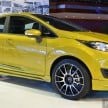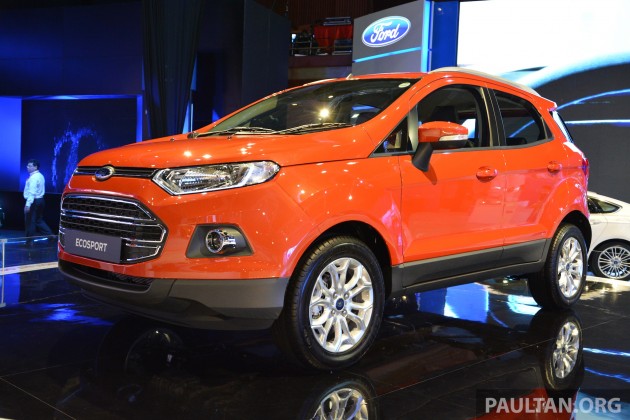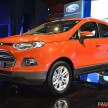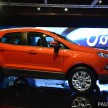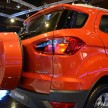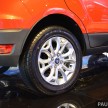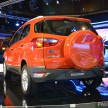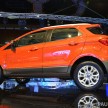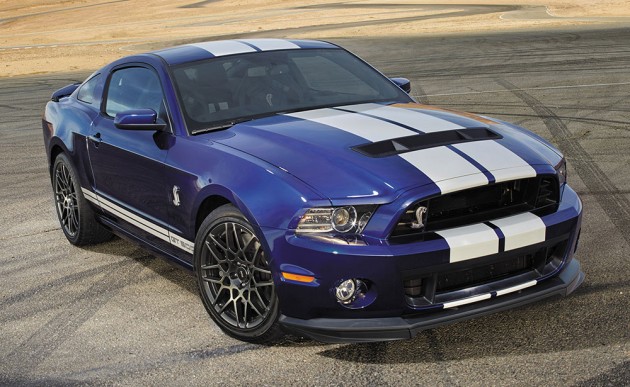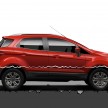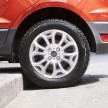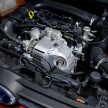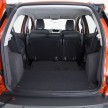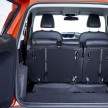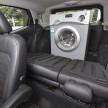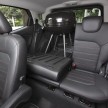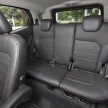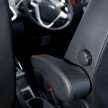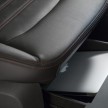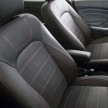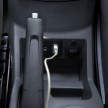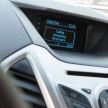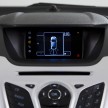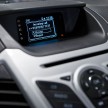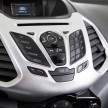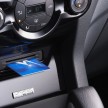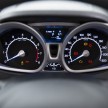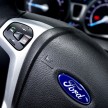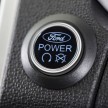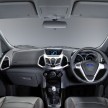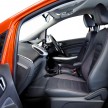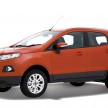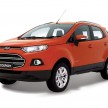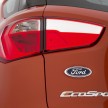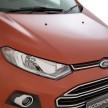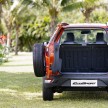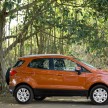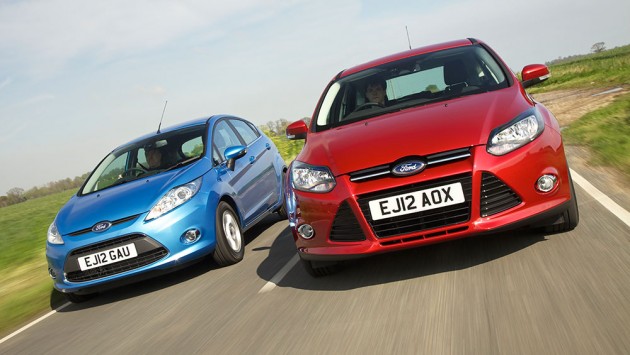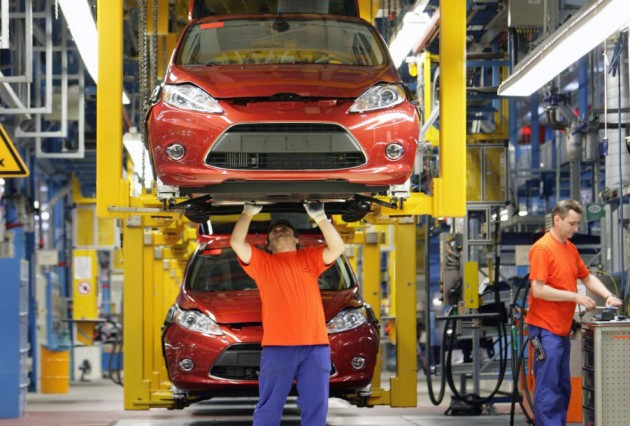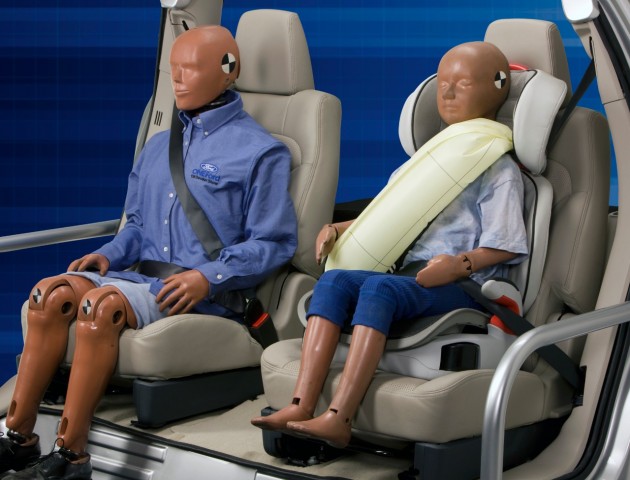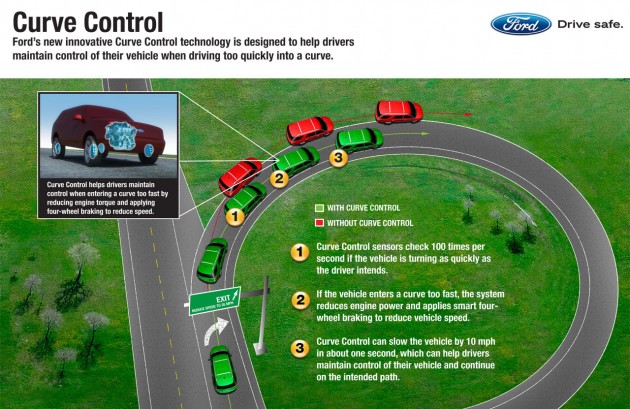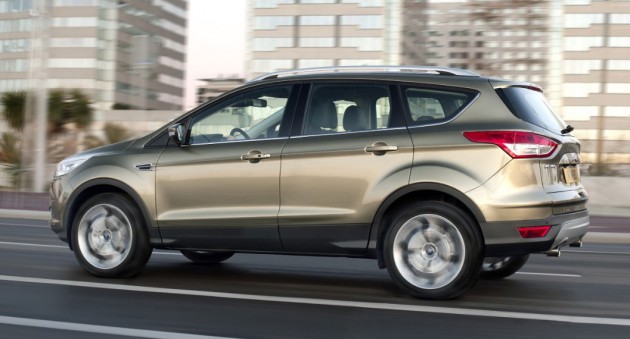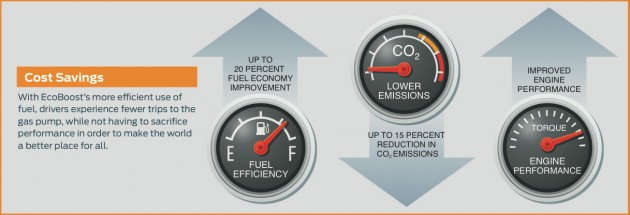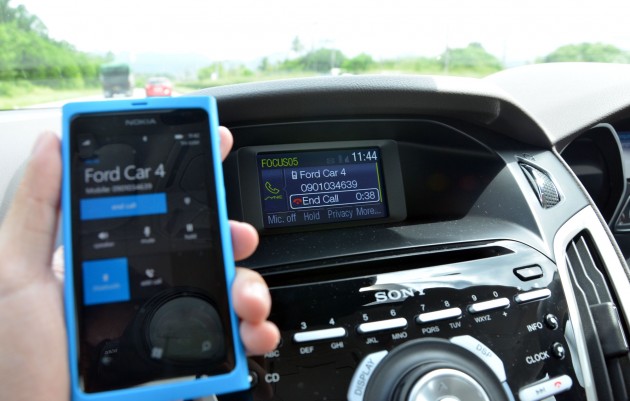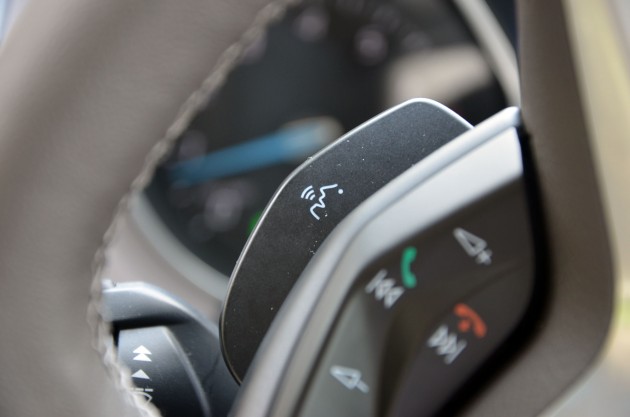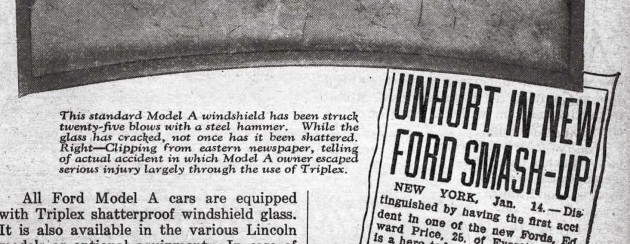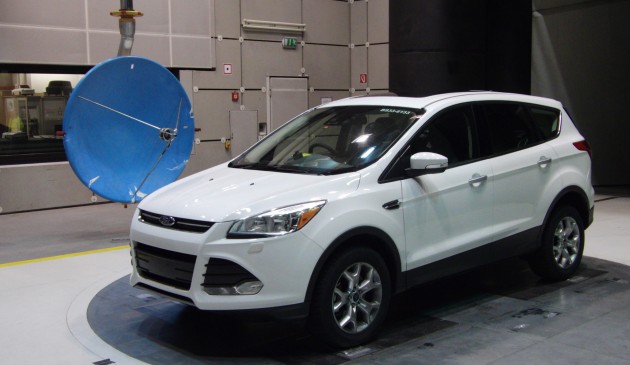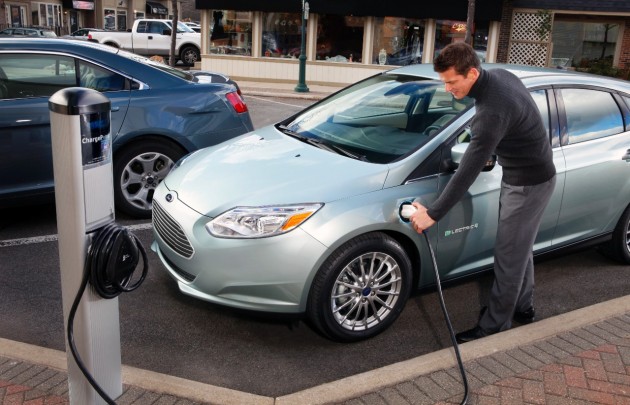
Incorporating sustainable practices into a profitable, successful business model is a main priority at Ford Motor Company, a recognised industry frontrunner in corporate social responsibility.
The Detroit-based carmaker has been exemplifying strong corporate leadership and a commitment to sustainable business practices over the past 110 years, as can be seen in the selection of socially responsible supply chains to reducing carbon emissions and emphasising public accountability.
Ford’s holistic sustainability strategy focuses on several key areas, including reducing carbon emissions and water usage, responsible supply chain management and human rights.
The most obvious way a carmaker can contribute to reducing the impacts of climate change is to design cars that consume less fuel and emit less carbon emissions. At Ford, each new vehicle is the class leader, or among the leaders, in fuel economy. It has set a goal to reduce CO2 emissions per vehicle by 30% by 2025, compared to 2010. This builds on the already-achieved goal of over 30% reduction from 2000 to 2010.
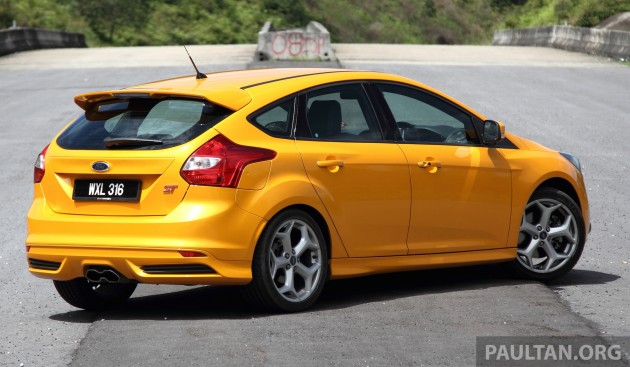
To accomplish this new target, Ford has introduced a wide variety of new engine and transmission technologies, besides electrical system improvements, weight reductions and aerodynamic improvements to reduce fuel consumption.
Ford’s EcoBoost engines are the centrepiece of the company’s efforts to improve fuel efficiency, while providing added performance. At the Bangkok Motor Show in March, the award-winning 1.0 litre EcoBoost engine was showcased in the facelifted Ford Fiesta and the Ford EcoSport. In Malaysia, EcoBoost is available with the Ford Focus ST, Kuga SUV, Mondeo and S-Max MPV. More models will join this list in the near future.
In addition to reducing C02 output from vehicle tailpipes, Ford is also active in improving its manufacturing processes to be more environmentally friendly. In April, Ford announced plans to expand its 3-Wet paint capacity manufacturing operations. Ford was the first automaker to implement this innovative technology since its launch in 2007.
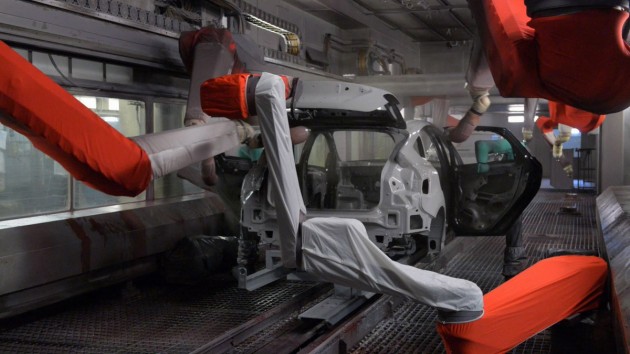
The 3-Wet process derives its name from three layers of paint applied one after the other prior to earlier coats having cured. The chemical composition of 3-Wet paint materials allows for the three layers of paint – primer, base coat and clear coat – to be applied while the previous layer is still wet. The process eliminates stand-alone primer application and a dedicated oven.
Thanks to these eliminations, Ford saves electricity from the blowers that circulate massive volumes of air through paint booths, reducing its use of natural gas needed to heat the air and ovens. 3-Wet has helped Ford reduce CO2 emissions by 15-25% and volatile organic compounds (VOC) emissions by 10% at facilities where the process is used. There are benefits to car owners as well – the 3-Wet process improves long-term durability and chip/scratch resistance.
A precious resource Malaysians take for granted is water, although clean water availability is a critical global sustainability issue. Ford’s water strategy actions and goals include minimising water use and consumption; finding alternative, lower-quality water sources; meeting global standards for wastewater discharge; and prioritising water technology investments based on local water scarcity and cost effectiveness.
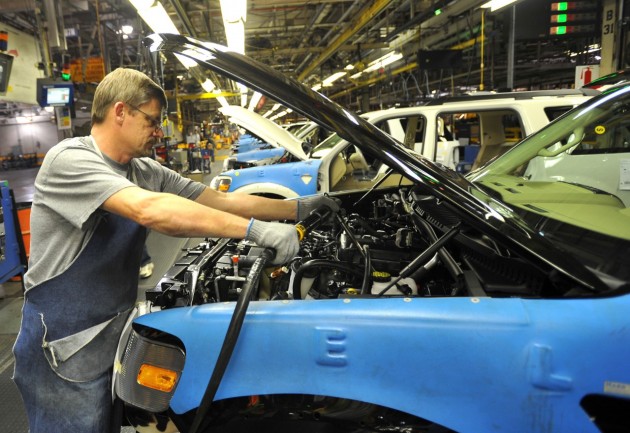
In 2000, Ford proactively launched its Global Water Management initiative, putting in place ways to manage water conservation, quality and reuse of storm and process water.
Since 2000, Ford has decreased its total water use globally from 64 to 24 million cubic metres, enough to fill 16,000 Olympic-size swimming pools. In late 2011, Ford announced its global water use reduction strategy to decrease the average amount of water used to make each vehicle by 30% between 2009 and 2015.
Use less, throw away less – that’s the way to go. In February, Ford announced its new global waste reduction strategy, calling for a 40% per vehicle reduction in the amount of waste sent to landfills from 2011 to 2016. This plan builds on Ford’s success between 2007 and 2011, when the amount of waste sent to landfill per vehicle dropped from 17 to 10 kg, a 40% reduction.
Proving its sustainability strategy is also good business, in 2012, Ford generated US$225 million in revenue through recycling 568,000 tonnes of scrap metal in North America.
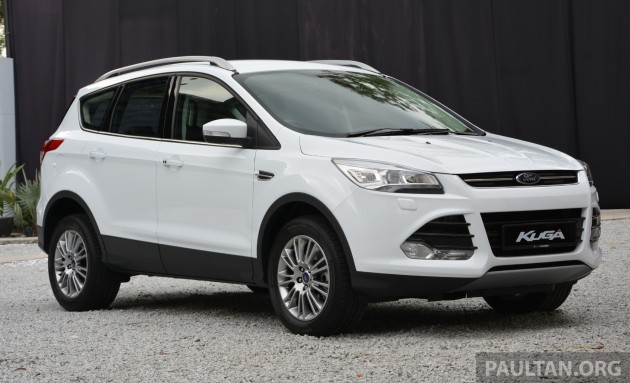
In today’s economic environment, achieving lower costs, improving quality and meeting sustainability goals require an unprecedented level of cooperation with suppliers, as well as fostering and maintaining strong supplier relationships.
Ford promotes long-term relationships with its suppliers, encouraging alignment on sustainability-related issues, primarily on human rights and working conditions. Its primary focus has been on training and education, as well as third-party assessments of individual supplier factories to verify performance and progress.
For Ford, the promise to ‘Go Further’ is not only in providing class-leading, high-quality vehicles, but also in its commitment to sustainable, responsible business practices. The company takes its role as a strong corporate citizen seriously and is committed to leading the way in ensuring business is conducted in the smartest, most socially- and environmentally-responsible way possible.

